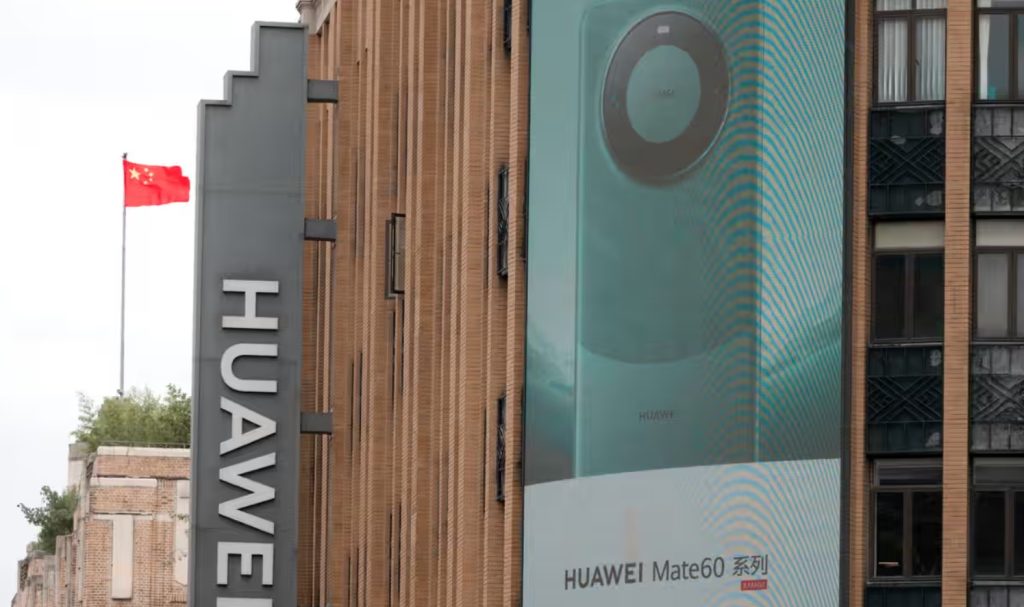
China has produced a 5G smartphone using an advanced silicon chip on a scale of miniaturisation that was thought beyond its capabilities due to US-led export restrictions, analysts have said.
Huawei’s Mate 60 Pro is powered by a new Kirin 9000s chip that was made in China by the partly state-owned Semiconductor Manufacturing International Corp (SMIC), the analysis firm TechInsights said.
Its processor is the first to use SMIC’s most advanced 7 nanometre (nm) technology and suggests the Chinese government is making some headway in attempts to build a domestic chip ecosystem, the research firm said.
Since 2019, the US has restricted Huawei’s access to chipmaking tools essential for producing the most advanced handset models. Despite being a manufacturer of 5G network equipment, Huawei was previously only able to launch limited batches of actual 5G phones using stockpiled chips.
Huawei has been banned from providing 5G network equipment in numerous countries, including those of the Five Eyes security alliance, over national security concerns raised by its ties to the Chinese government. Huawei has filed a lawsuit with a Lisbon court against operators there being barred from using its equipment in 5G mobile networks.
Dan Hutcheson, an analyst with TechInsights, told Reuters the latest development came as a “slap in the face” to the US.
The most advanced chip SMIC had previously been known for making had a larger scale of 14nm, because SMIC was barred by Washington in late 2020 from obtaining the necessary machines from Dutch firm ASML.
But TechInsights said in 2022 it believed SMIC had managed to produce 7nm chips by tweaking simpler machines that it could still purchase freely from ASML. However, some research firms have forecast that only 50% or fewer of 7nm chips produced this way would turn out to be usable, versus the industry norm of 90% or more, and it would limit shipments of the resulting smartphones.
Outside China, the best 7nm chips are made using a process called extreme ultraviolet lithography (EUV) – a closely guarded technology that the US is leading the push to keep out of Beijing’s hands.
“The [US] controls are imposing high costs for producing controlled technologies in China,” said Doug Fuller, a chip researcher at the Copenhagen Business School, adding that the Chinese government was likely footing the bill.
China is set to launch a new state-backed investment fund that aims to raise about $40bn for its chip sector, as the country ramps up efforts to catch up with the US and other rivals.
Huawei started selling its Mate 60 Pro phone last week. The specifications provided advertised its ability to make satellite calls, but offered no information on the power of the chipset inside.
Buyers of the phone in China have been posting teardown videos and sharing speed tests on social media that suggest the Mate 60 Pro is capable of download speeds exceeding those of top-line 5G phones.
The phone’s launch sent Chinese social media users and state media into a frenzy, with some noting it coincided with a visit by the US commerce secretary, Gina Raimondo.
Some analysts said there was a possibility Huawei had purchased the tech and equipment from SMIC to make the chip rather than doing it in collaboration.
TechInsight’s findings were first reported by Bloomberg News.
























